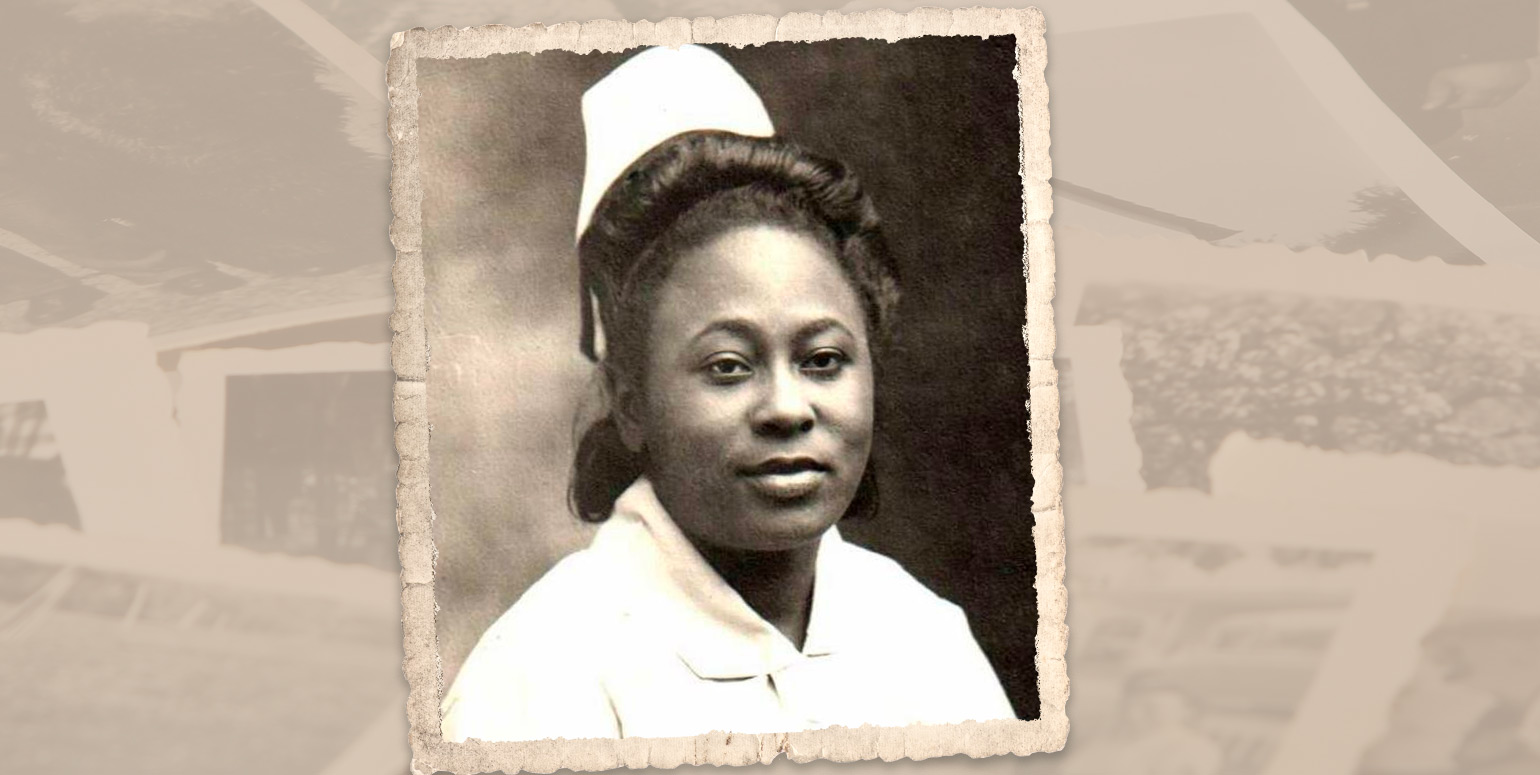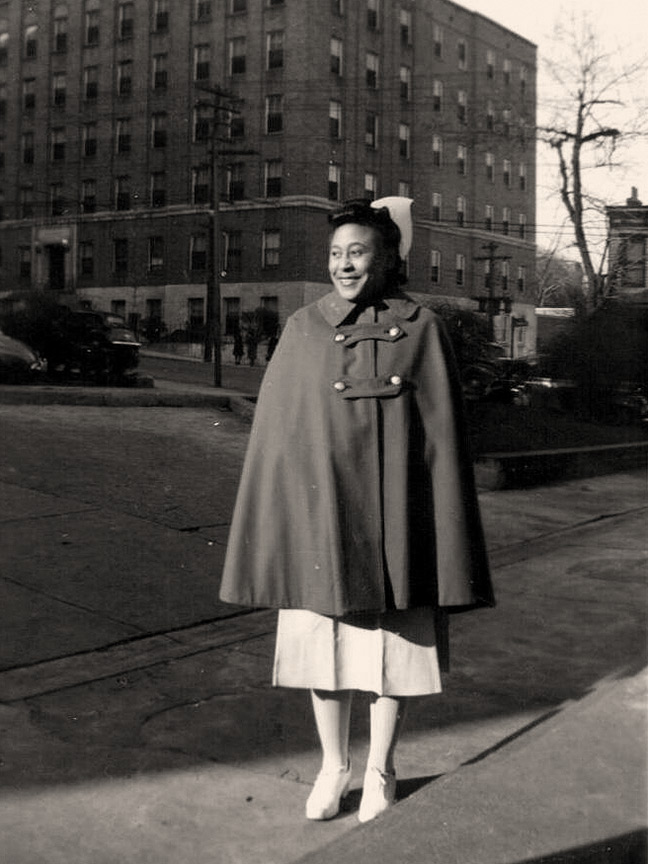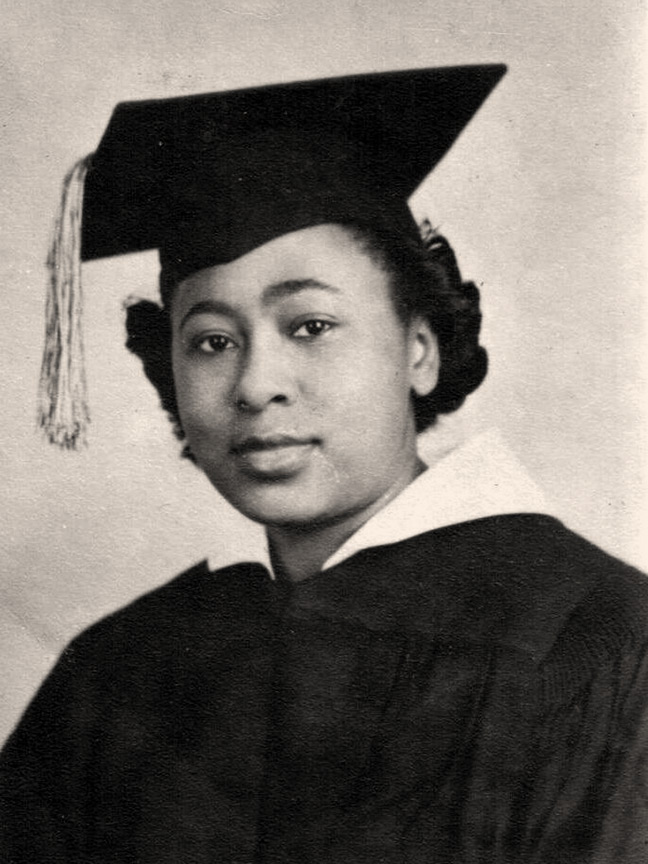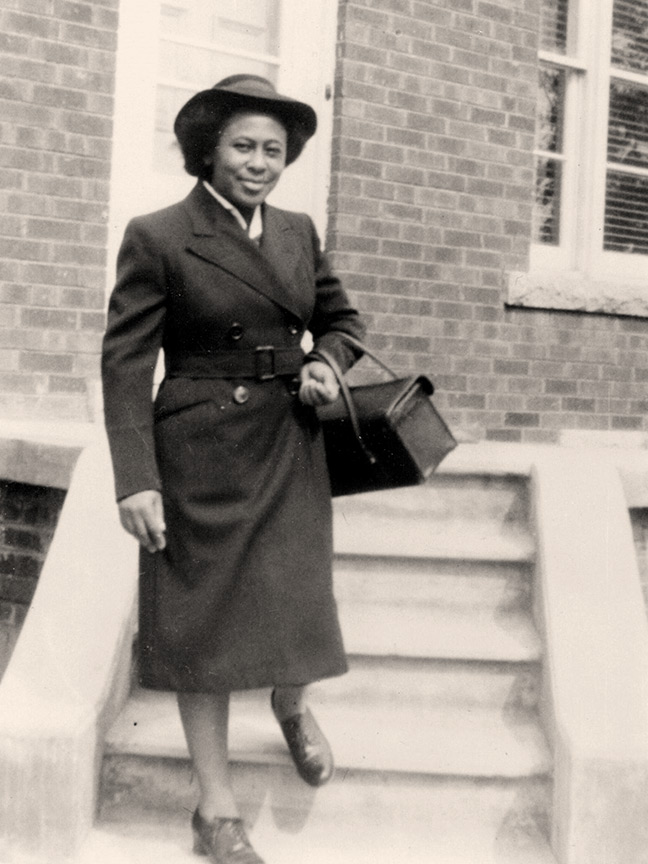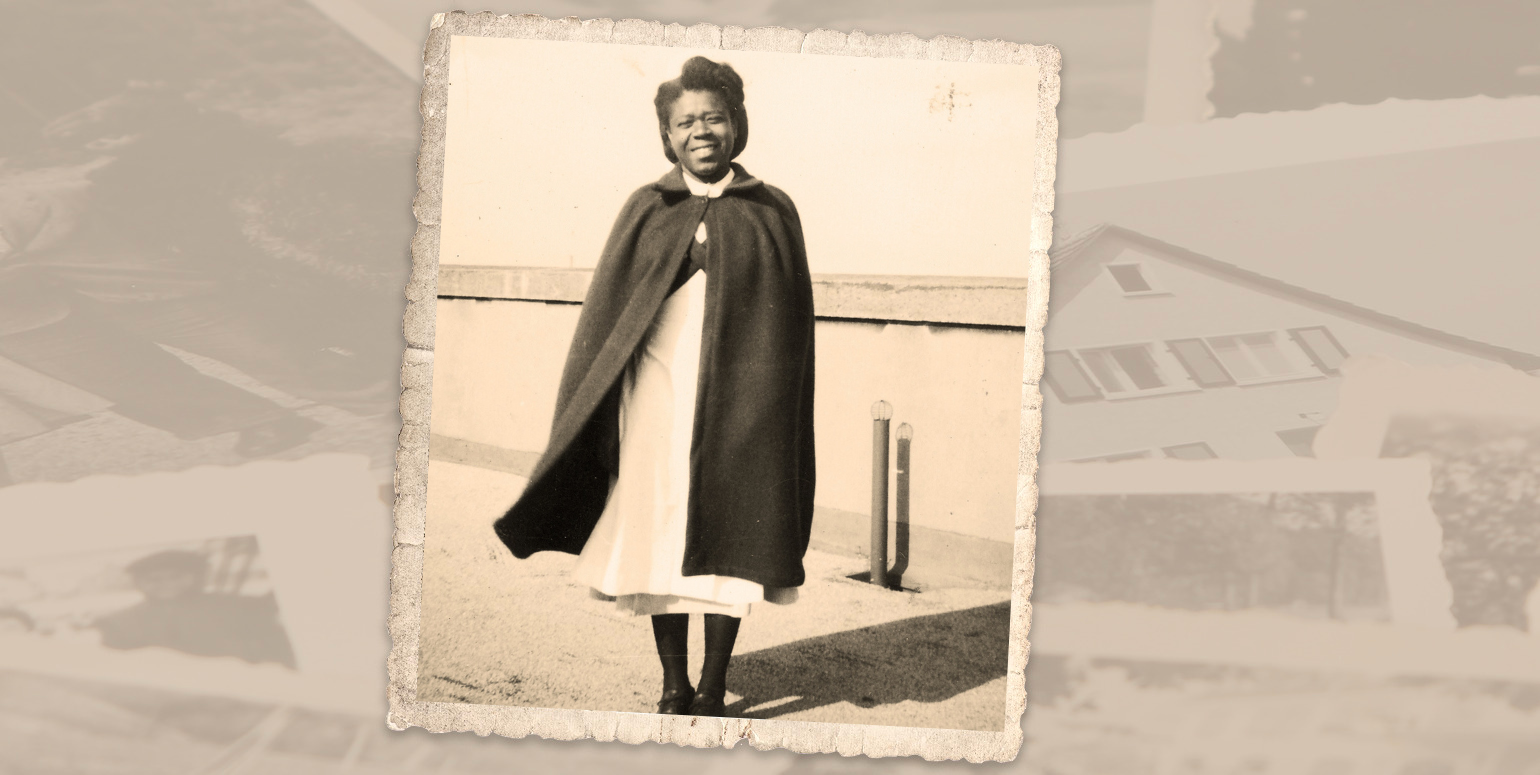
Ontario’s first Black director of public health, Lillie Johnson, attributes perseverance and compassionate care for advancing the nursing profession.
As the Faculty of Nursing concludes its journey through its Black History Month feature series, the spotlight shifts to Lillie Johnson, a trailblazing figure whose impact resonates in Canadian health care.
Born in Jamaica in 1922, Johnson received nursing and midwifery training in her home country and the United Kingdom. She immigrated to Canada in 1960, where she continued her pursuit of excellence in health care.
Johnson earned her BScN from the University of Toronto and became the first Black director of public health in Ontario in the Leeds-Grenville and Lanark district, a community located near Ottawa.
In 1981, Johnson’s advocacy and compassion led her to establish the Sickle Cell Association of Ontario, which aimed at supporting individuals grappling with sickle cell disease — a life-altering genetic blood disorder characterized by abnormal hemoglobin, leading to chronic pain and various complications. In 2006, the association successfully lobbied the government to include the disease in the newborn screening list to ensure early treatment for affected babies and reduce the risk of serious infections.
Throughout her career, Johnson’s dedication garnered widespread recognition and acclaim. She has been honoured with multiple awards, including the Toronto Public Health Champion Award, the Black Health Alliance Legacy Award, and the Order of Ontario, a testament to her enduring impact and perseverance to advancing health-care excellence.
Her commitment to the nursing profession inspired Black Canadian women and fostered increased representation, creating opportunities for Black individuals to attain positions of leadership and influence within the health-care sector.
For her 100th birthday, the Lillie Johnson Excellence in Nursing Award was launched in 2022 to celebrate her legacy by honouring nurses who exemplify compassionate care and advocacy.
As we reflect on her journey, we pay tribute to Lillie Johnson, a nursing pioneer whose legacy continues to inspire future generations in the health-care community.
Find more information on Lillie Johnson and the Lillie Johnson Excellence in Nursing Award.
- Aishwaria Baskar



